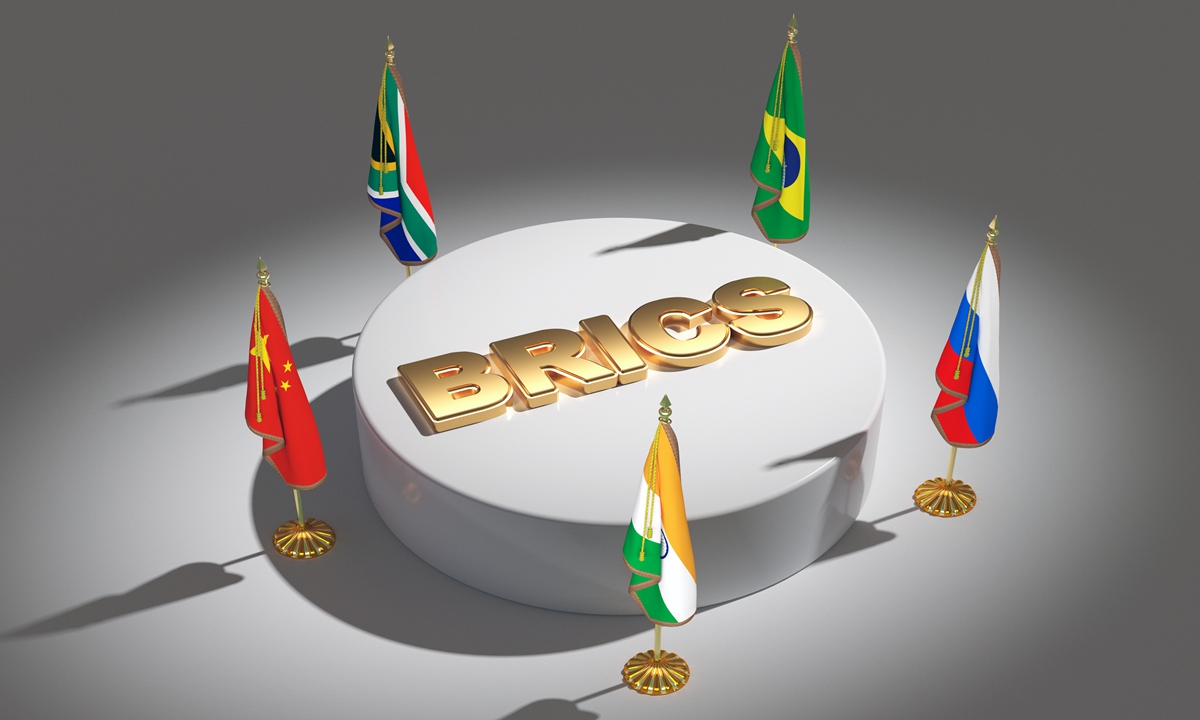08 Jan , 2024 By : Debdeep Gupta

The BRICS grouping has long been distinguished by a consistent failure to live up to its potential. The internal contradictions are crippling: Divergent interests between members make it difficult to develop any shared policies. Brazil, Russia, and South Africa are commodity exporters; India and China are importers. Brazil, India, and South Africa are democracies; Russia and China only pretend to be. And India and China, as everyone knows, don’t exactly see eye to eye on anything.
This year, the bloc has decided to take the bold step of enhancing those internal divisions manifold by admitting five new members: Ethiopia, Egypt, Iran, Saudi Arabia, and the United Arab Emirates. It was supposed to be six; but Argentina’s new president declared, in his usual restrained manner, that he had no intention of “allying with communists” and so won’t get a second Latin American member. BRICS made up for that by admitting four members from that tranquil zone of stability and cooperation, the Middle East, and a fifth, Ethiopia, that is barely a year out of a devastating civil war.
More importantly, while the Emiratis and the Saudis are partners and Riyadh appears happy to give the regime in Cairo billions to stay friendly, Iran and Saudi Arabia have spent the past decade or so struggling for influence in the region. Iran backs the Houthi rebels in Yemen, for example, against whom Saudi Arabia has fought a long and ineffectual war. And there is anger in Ethiopia over the government’s silence on the years of abuse (and, allegedly, “mass killings”) that human rights groups say Saudi border guards have inflicted on Ethiopian migrants. Far from papering over existing cracks in the BRICS grouping, the addition of new members has just increased the number of disputes.
It may be hard to see how a group that has always struggled to get much done will be able to create anything substantive if they don’t even like each other. Still, with the addition of the new members, there are a couple of domains that bear watching. There’s a chance that, in these very specific fields, BRICS might prove to be unusually effective.
One is infrastructure finance. The only real institution it has managed to build is the Shanghai-based New Development Bank. The “BRICS bank,” which is currently led by former Brazilian president Dilma Roussef, has a mandate to lend to infrastructure projects that the rest of the multilateral architecture ignores. One of the few things the existing BRICS members do agree on is that emerging economies need more project finance. Plus, they want that cash disbursed according to norms designed locally, not in the West.
Of the two Beijing-backed financial institutions, the Asian Infrastructure Investment Bank is better capitalized and has been a more effective lender than the NDB. That may be because the AIIB picked up several Western partners with deeper pockets than China’s BRICS peers, as well as partners with legacy, Western-led multilateral development banks. The NDB, meanwhile, has not always managed to offer competitive rates to possible borrowers.
The very makeup of this alliance can work against its in-house bank. After the Russian invasion of Ukraine, it struggled to comply with the West’s various financial sanctions on one of its founding members. Shortly thereafter, Fitch downgraded it from AA to AA. (AIIB, in comparison, is rated AAA by the same agency.) The NDB’s management hopes that the addition of Saudi Arabia and the UAE prefigures an infusion of capital from the petrostates’ ample treasuries.
The NDB can help with another thing that Iran, Russia, Brazil, the Saudis, and multiple other members of BRICS have in common: a dislike of the dollar. Forget all the “de-dollarisation” talk — as anyone buying oil from Russia or Iran can confirm, we’re still very distant from a world in which trading nations can avoid dealing in dollars. But one thing the NDB does well is creating long-term loans denominated in the developing world’s currencies. Almost a quarter of its loans are in the local currency format that these governments far prefer. They aren’t a threat to dollar dominance. But they are a first step towards creating separate, smaller pipelines of cash that aren’t subject to, say, US sanctions.
For the current BRICS president, that’s a big priority. The Russian Federation took over leadership on Jan. 1, and we should expect Moscow’s priorities to dominate the expanded grouping’s initial agenda. Russia buys drones from Iran, collaborates with the Saudis on oil prices, and is building a nuclear reactor that will provide 10 percent of Egypt’s power. BRICS’s doubling in size won’t make it a more coherent threat to the West. It might, however, reduce the West’s leverage over countries like Russia or Iran. And, with wars blazing in both Gaza and Ukraine, that’s no small thing.
0 Comment